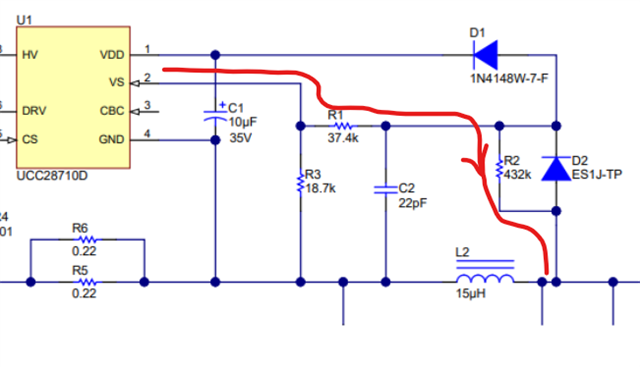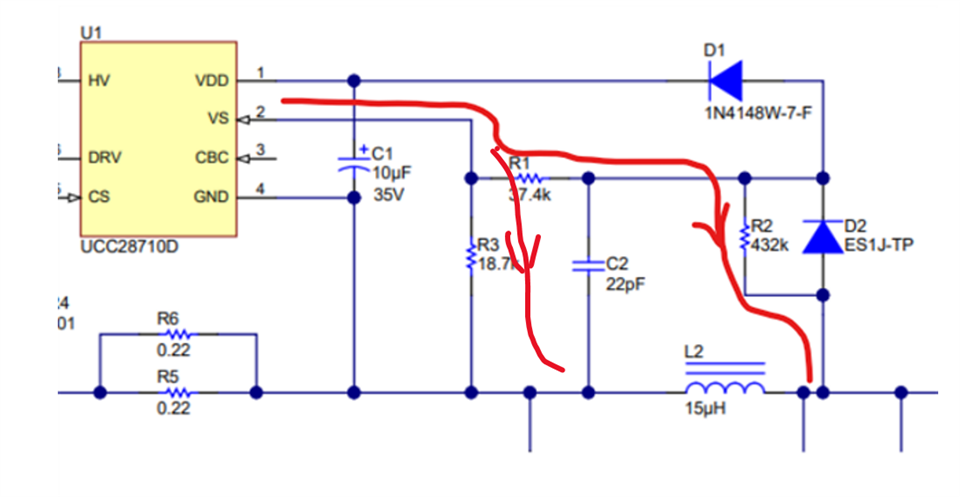Other Parts Discussed in Thread: PMP20495
Hi team,
I'd like to check one thing regarding UCC28631 VSENSE pin open or short pin-check.
Does VSENSE pin detect open if thevenin resistance of the divider RTH is <10kOhm and detect short if RTH>20kOhm?
Then, will UCC28631 stop to start up if RTH is <10kOhm or >20kOhm?
Best regards,
Kazuki Itoh





